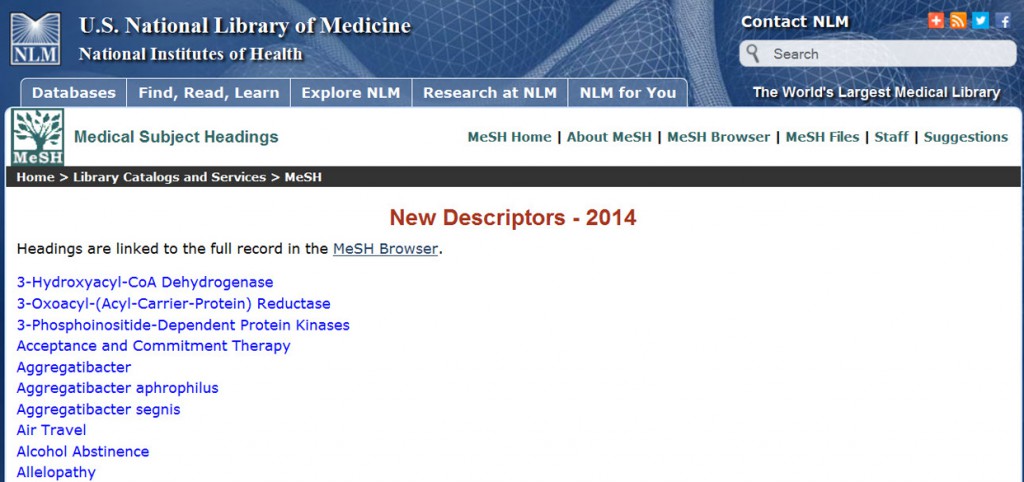Instruction by health sciences librarians in the use of both MEDLINE and CINAHL databases has long been a mainstay of the undergraduate nursing curriculum. This meant the health sciences librarian was faced with the task of teaching students the use of two different databases with dramatically different search screens, often in a one class session. This dilemma led to a discussion within HSLS about the necessity of teaching nursing students the use of both databases. That is, we wondered if the nursing content of CINAHL and MEDLINE was so different that nursing students should routinely be taught how to use each? Or was it possible that instruction in MEDLINE alone (via PubMed) would enable students to find the evidence-based nursing resources required for their homework assignments?
To begin to explore this issue, we compared the current nursing journal coverage in CINAHL to that of MEDLINE, to determine the number and types of academic nursing journals available exclusively through CINAHL.
In the fall of 2010, HSLS requested from an EBSCO CINAHL representative a list of academic nursing journal titles indexed in CINAHL, but not in MEDLINE. We received a list of 460 titles. The file included the journal’s document type, such as academic journal, magazine, or trade publication. Of the 460 nursing titles reportedly exclusive to CINAHL, we determined 195 titles were labeled as academic journals by EBSCO CINAHL and the other 265 titles were a mix of magazine or trade publications. The 195 academic nursing journal titles were then reviewed, using the publications listing in CINAHL, to determine indexing coverage as well as journal and content type.
Of the 195 academic journal titles reportedly exclusive to CINAHL, 6 were currently indexed in MEDLINE, leaving 189 journals to be analyzed. Of these 189 journals, we found 88 titles that were either not currently indexed in CINAHL (83), indexed selectively (1)—meaning only some of the articles in a journal are nursing-specific and indexed, or never indexed in CINAHL (4). Of those not currently indexed, the indexing was for varying periods of time, including 6 journals indexed for one year or less and one for as little as one issue. The remaining 101 titles were currently indexed in CINAHL. Of these, 8 were newsletters, 5 magazines, 3 journals describing nursing student projects, and 18 were non-English titles that would be of little use to nursing students, as they would be titles not held by HSLS. Excluding these 34 titles, only 67 of the academic nursing journal titles unique to CINAHL warranted further evaluation. (See supporting data for a list of the 67 titles and a flow chart of the results.)
Examination of these 67 journals indicated that many of them tended to contain a mix of news articles, updates to the nursing profession, and some peer reviewed articles. The latter were typically review articles rather than the original research articles commonly required for nursing student homework assignments. The few journals containing original research articles tended to have a very narrow focus. For example, one published only articles based on a single nursing theory (the science of unitary human beings).
There are additional factors to take into consideration when making decisions about which database(s) to use for teaching. One such factor is the controlled vocabulary used in CINAHL, which reflects nursing practices and interests not well represented in the subject headings used in MEDLINE. For example, in CINAHL, in addition to the global subject heading “patients,” there is an extensive set of narrower headings defining specific patient populations such as crime victims, homeless persons, and runaways. In contrast, MEDLINE’s controlled vocabulary provides only the subject heading “patient.” Research projects such as systematic reviews or meta-analyses require exhaustive searches for published literature on a topic, and so may benefit from inclusion of CINAHL in the larger set of information resources to be searched. On a related note, there may also be specific topics or projects for which the many magazine and trade publications in CINAHL would be useful. And, finally, CINAHL contains allied health journal content, as well as nursing journal content. This study did not include an analysis of the allied health journal content.
Overall, the study results suggested that a number of academic nursing titles indexed CINAHL were also indexed in MEDLINE and that the number of academic nursing journals unique to CINAHL was small. On the basis of these results, HSLS librarians currently teach undergraduate nursing students the basics of searching PubMed only. Nursing faculty have the option of requesting instruction in the use of CINAHL but, to date, no such requests have been received.
*Supporting data can be found at http://hsls.libguides.com/content.php?pid=519077.
~ Nancy Tannery and Mary Lou Klem

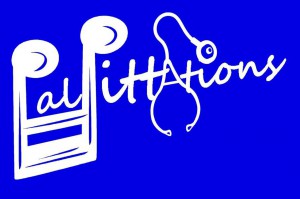
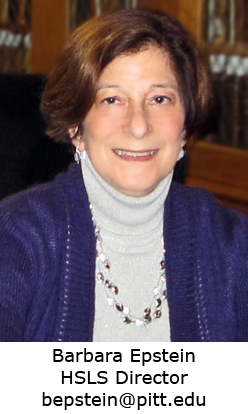
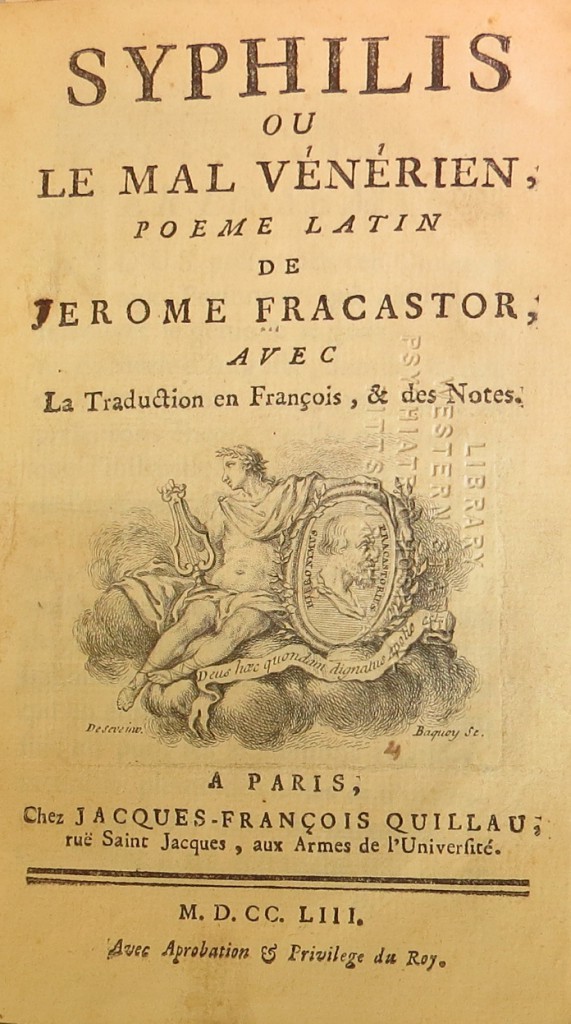 Syphilis ou le mal vénérien: Poeme Latin de Jerome Fracastor avec la traduction en François & des notes [Syphilis, or the venereal disease: the Latin poem of Girolamo Fracastoro with French translation & notes]. Paris, 1753
Syphilis ou le mal vénérien: Poeme Latin de Jerome Fracastor avec la traduction en François & des notes [Syphilis, or the venereal disease: the Latin poem of Girolamo Fracastoro with French translation & notes]. Paris, 1753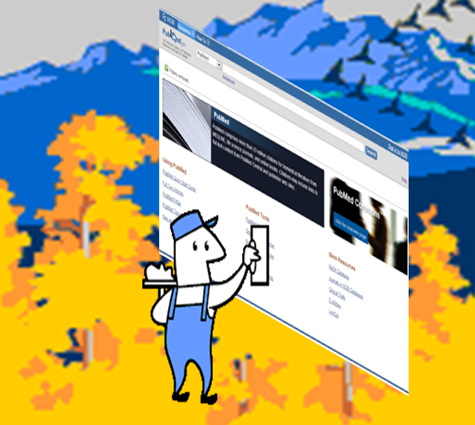 The answer is simple and yet complex.
The answer is simple and yet complex.

